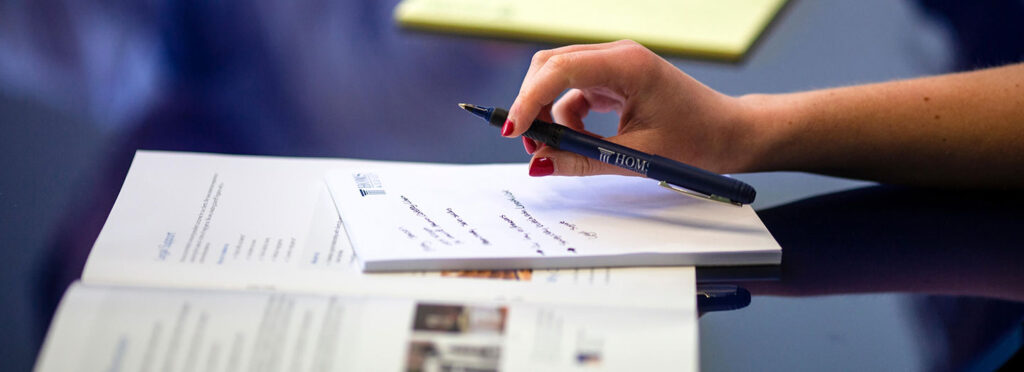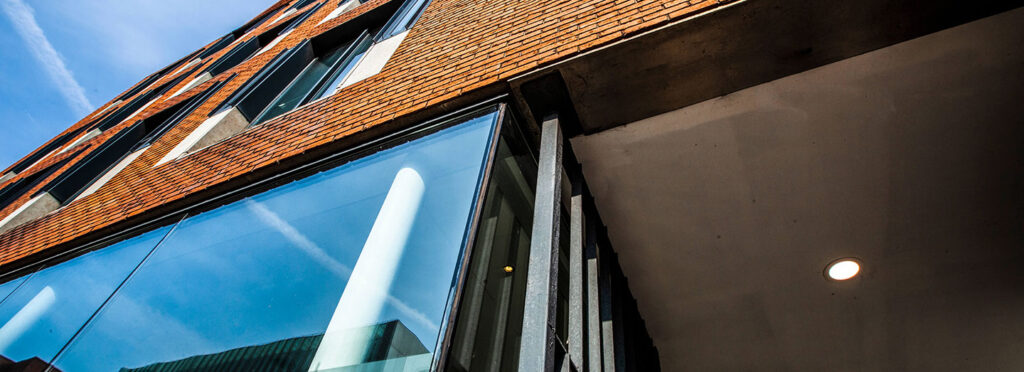The brachial plexus is a network of nerves that extends from the spinal cord, through the neck, over the first rib and into the armpit.*
A brachial plexus injury is to the nerves that control muscles in the shoulder, arm or hand. Any or all of these muscles may be partially or fully paralysed as a result of the injury.
Damage to the brachial plexus may occur at birth, when a baby’s shoulder gets stuck in the mother’s pelvic bone (referred to by doctors as shoulder dystocia) and a doctor pulls the baby’s head (applying traction) in order to remove the baby from its mother. If too much force is applied to the baby’s head or upper body when the doctor or nurse is trying to pull the baby out of the birth canal the brachial plexus nerves may stretch and be damaged.
These injuries may sometimes be referred to as “erb’s palsy” injuries.
Approximately 1 to 2 babies in a 1,000 suffer brachial plexus injuries at birth. Many are preventable injuries.
The extent of your child’s disability depends on which nerves are injured and the severity of the damage.
Possible symptoms of brachial plexus injuries include:
- A limp or paralysed arm.
- Inability to use the shoulder or elbow muscles.
- Little control over the wrist and hand.
- No muscle control and/or no feeling in the arm or hand.
Although a brachial plexus injury can occur at any time, most brachial plexus injuries happen during birth. During the strain of childbirth, the shoulder of the baby can be caught and stretched behind the pubic symphysis bone (part of the pelvic bone). If the shoulder is caught, the brachial plexus can be stretched, compressed or torn.
There are 4 types of brachial plexus injuries:
- Neuropraxia or stretch injuries which can range from mild neuropraxia with early recovery to complete paralysis with no potential for recovery, depending on the amount of stretching. The nerves will often be compressed from swelling and bruising from the shoulder being caught.
- Neuroma injuries involve scar tissue (that has developed as the injured nerve has tried to heal itself) compressing the nerves and preventing the nerve from conducting signals to the muscles. This type of brachial plexus injury may require surgery to remove the scar tissue and restore proper nerve function.
- Rupture injuries involve the nerve being torn, possibly at several locations (but not at the spinal attachment) and requires surgery and therapy to restore normal function. The most common repair requires the surgeon to perform a nerve graft to bridge the gap caused by the rupture.
- Avulsion injuries are when the nerves are pulled or severed from the spinal cord. This is the only Brachial Plexus injury that is properly referred to as Erb’s Palsy and is the most severe type of Brachial Plexus injury and requires extensive surgery including a possible muscle transfer to restore function.
Below are some examples of negligent care on the part of doctors, nurses and other health care providers that can result in brachial plexus injuries.
- Failing to properly estimate the weight of the baby.
- Failing to determine that the baby’s shoulders are too large to fit through the birth canal.
- Applying excessive lateral traction to the foetal neck during delivery.
If your child has suffered a brachial plexus injury and you suspect that the injury resulted because a doctor, nurse or other health care provider failed to provide adequate care during the pregnancy, or during the labour and delivery of your baby, please contact us for advice from our team of experienced solicitors.
We will help establish whether or not there has been medical negligence in which case we will assist you in recovering compensation that can be used for your child’s care and education.


